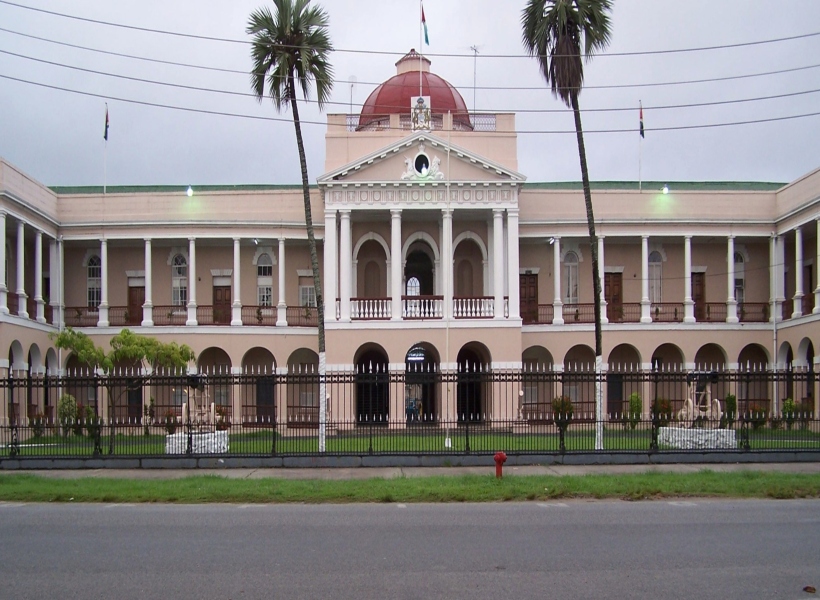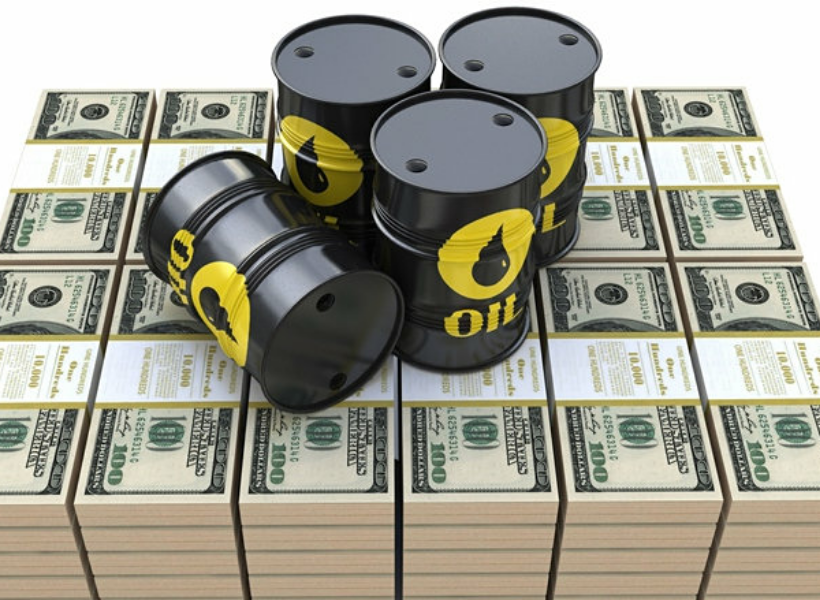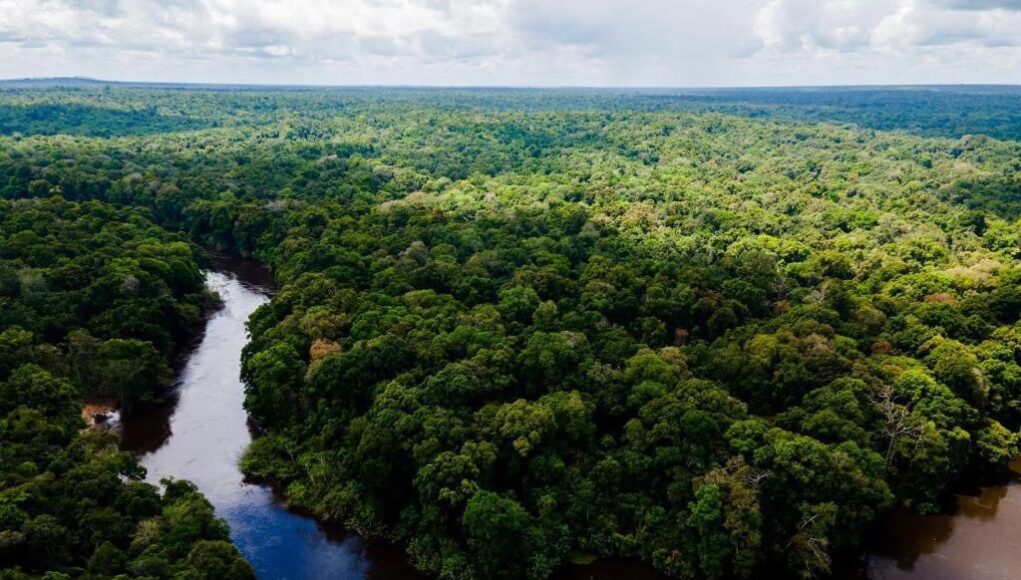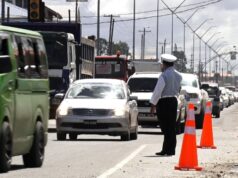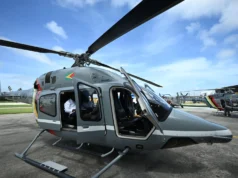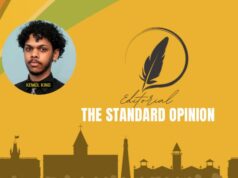– “Guyana’s Low Carbon Development Strategy is not a theory. It’s reality. You can see it in jobs, in communities, and in growth.”
Those were the words of President Dr Mohamed Irfaan Ali during the first meeting of the LCDS Multi-Stakeholder Steering Committee (MSSC) on Tuesday evening.
The head of state said the LCDS belongs to every Guyanese, describing it as a national partnership that connects “our forests, our economy, and our future.”
He emphasised that the strategy is not just a government plan but a people-driven pathway for inclusive growth, integrating forest protection, renewable energy, and community development.
President Ali reminded the committee that the LCDS has evolved into a framework that integrates environmental protection and economic expansion.
“Every development plan we pursue has the LCDS and the ideals of the LCDS built into those plans,”
the head of state affirmed.
President Ali said that since the relaunch of the LCDS 2030 in 2022, Guyana has recorded world-leading achievements.
These include becoming the first country to be issued jurisdictional forest carbon credits under the ART-TREES framework and closing a large-scale and long-term carbon sale that is valued at up to US$750 million through to 2030.
The president noted that revenues from carbon credit sales, expected to reach US$200 million this year, have already surpassed US$400 million over three years, with no other country matching Guyana’s success.
“These results are proof that Guyana is leading once again,” the president stated.
A guaranteed 15 per cent of carbon revenues, and in practice well over 20 per cent, has been directed to Amerindian and hinterland communities, empowering more than 240 villages to implement their own development plans.
“Thousands of local projects are already improving livelihoods, creating jobs, and driving innovation,” Dr Ali said.
At the national level, carbon revenues and other LCDS-linked financing are supporting one of the most ambitious clean energy transitions in the world.
The Gas-to-Energy Project in Wales, large-scale solar and battery systems across the hinterland, and over 11,000 solar home units are all part of the government’s efforts to cut electricity costs, reduce emissions, and expand opportunity.
The head of state pointed to significant mangrove restoration and sea defence projects, which have already restored over 140 hectares of mangroves, planted half a million seedlings, and are now expanding protection along the Mahaica coast.
These efforts, he said, are “real investments in our land, our people, and our future.”
The President stressed that the LCDS is fully embedded in national policy and emphasised that development and environmental protection are not opposing goals, but rather are the “twin pillars of a new model for prosperity.”
Looking ahead to his participation at the United Nations COP 30 Leaders’ Summit in Belém, Brazil, later this week, President Ali said Guyana will continue to advocate for fair, science-based global climate policies and for practical, inclusive solutions.
Dr Ali cautioned against the rise of misinformation and extremism in climate discussions, calling instead for honest, fact-based collaboration.
Because of Guyana’s proven track record, he said, “we can speak with clarity, integrity, conviction, and success.”
Guyana co-chairs the Forest and Climate Leaders’ Partnership (FCLP) alongside the United Kingdom and has recently launched the Global Biodiversity Alliance, with its secretariat to be based in Georgetown.
The Alliance, now with 14 member countries, will hold its first global meeting in Guyana in 2026.
President Ali reaffirmed that under his leadership, the next phase of the LCDS will continue to deliver benefits for every Guyanese. (Department of Public Information)



